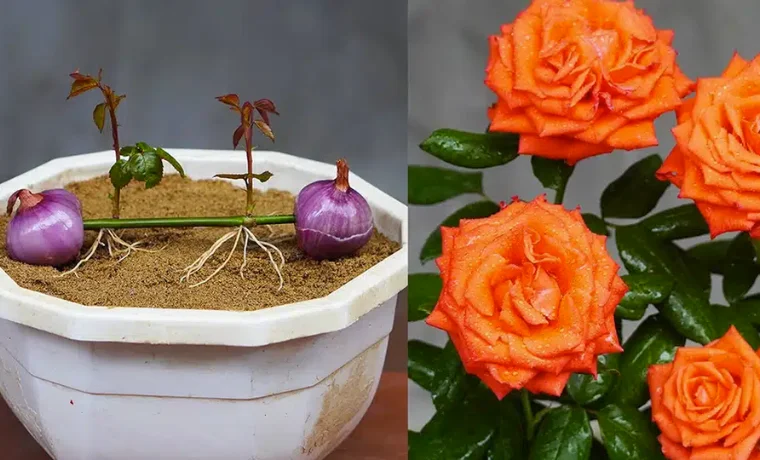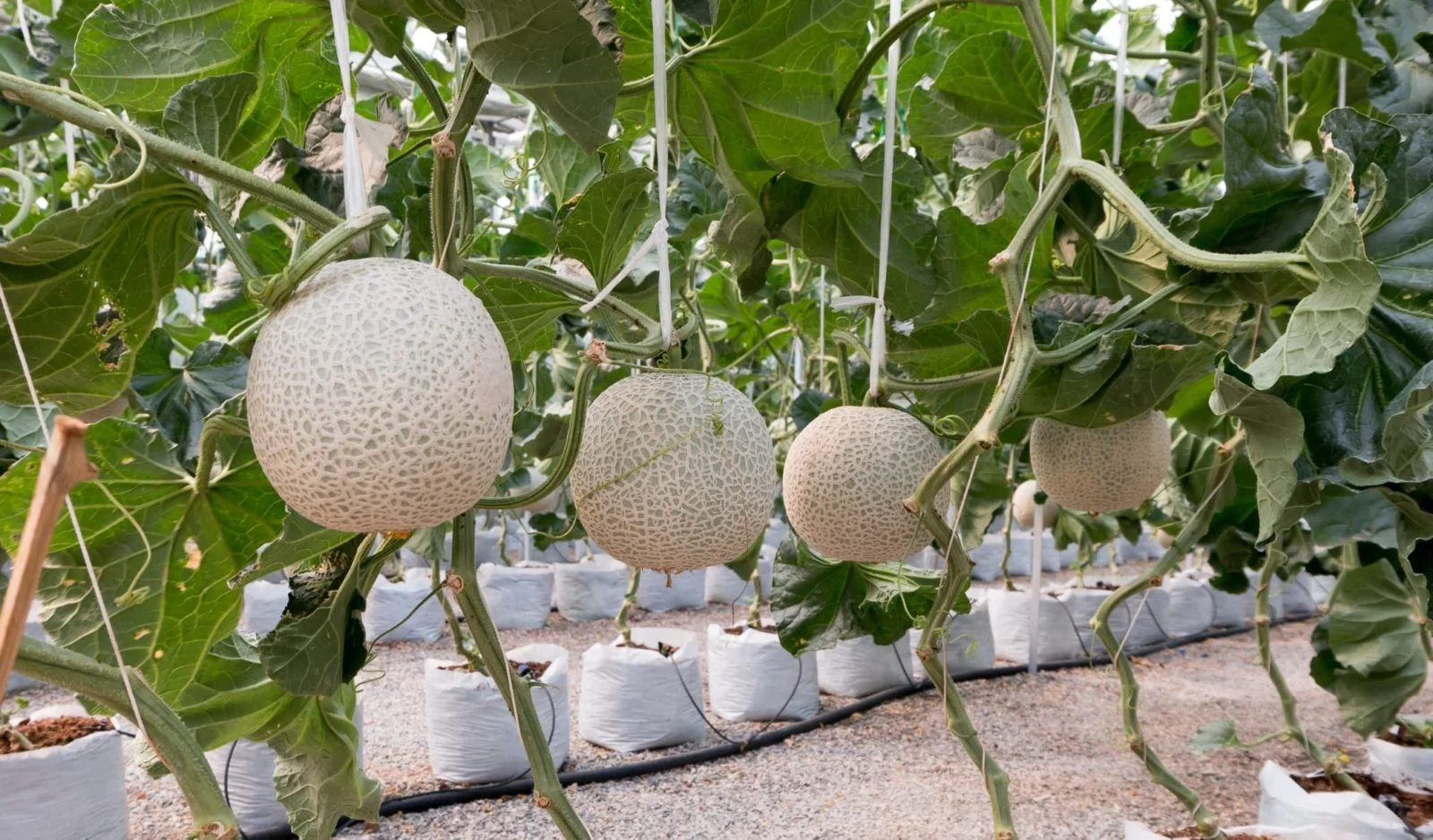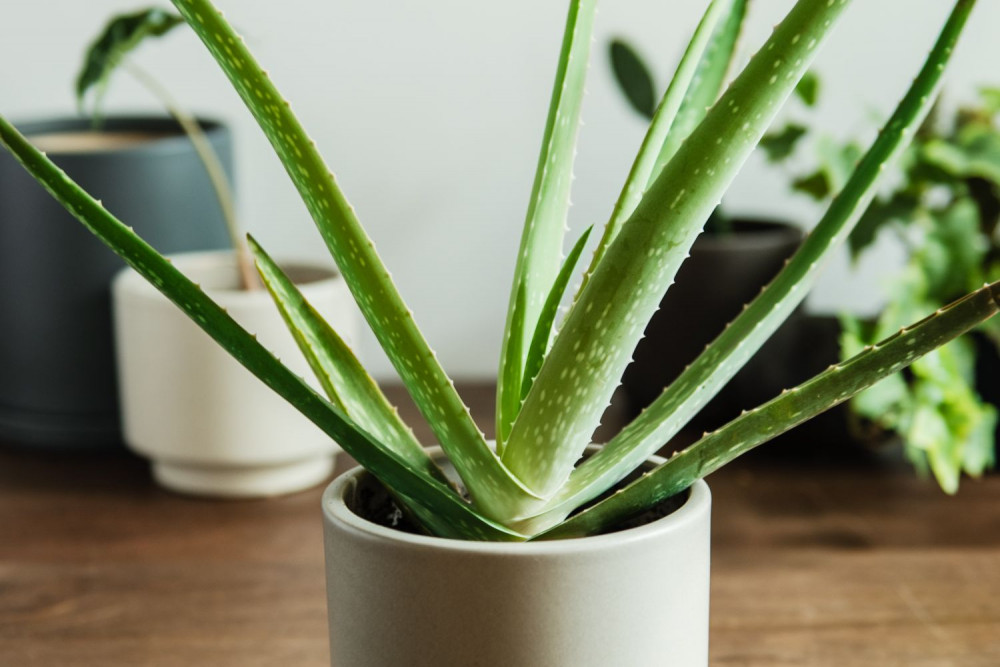
Are you looking to expand your rose garden without spending a fortune on new plants? With this simple yet effective propagation trick, you can multiply your favorite roses with a high success rate right in your own backyard. Whether you’re a seasoned gardener or just starting out, this method is sure to delight you with its results.
The Secret Method: The key to successfully propagating roses lies in a technique called “softwood cuttings.” This method involves taking cuttings from healthy, young stems of your desired rose plant and encouraging them to root in a suitable growing medium. Follow these steps to propagate your roses effortlessly:
- Selecting the Right Stems: Choose healthy, non-flowering stems from your preferred rose plant. Look for stems that are green, flexible, and about the thickness of a pencil. Avoid stems that are too woody or brittle.
- Making the Cut: Using clean, sharp pruning shears, cut a 6-8 inch section of the stem at a 45-degree angle, just below a leaf node. Remove any flowers or buds from the cutting, as these can divert energy away from root formation.
- Preparing the Cutting: Once you’ve taken your cutting, remove the lower leaves, leaving only a few leaves at the top. This reduces moisture loss and encourages root growth. If desired, you can dip the cut end of the stem in rooting hormone to stimulate root development, although this step is optional.
- Planting the Cutting: Fill a small pot or container with a well-draining potting mix, such as a blend of peat moss and perlite or vermiculite. Make a hole in the soil with a pencil or stick, then insert the prepared cutting into the hole, ensuring that at least two leaf nodes are buried beneath the soil.
- Providing Optimal Conditions: Place the potted cutting in a warm, bright location with indirect sunlight. Keep the soil consistently moist but not waterlogged, as excessive moisture can cause the cutting to rot. You can cover the pot with a clear plastic bag or dome to create a mini greenhouse effect and maintain high humidity around the cutting.
- Patience and Care: Over the next few weeks, monitor the cutting regularly for signs of root development. You may notice new growth emerging from the leaf nodes or feel resistance when gently tugging on the stem, indicating that roots have formed. Be patient, as root growth can take several weeks to occur.
- Transplanting and Enjoying: Once the cutting has established a healthy root system, typically after 6-8 weeks, it’s ready to be transplanted into a larger pot or directly into the garden. Choose a sunny location with well-draining soil, and water the newly transplanted cutting thoroughly to help it settle into its new home.
With this straightforward softwood cutting method, you can propagate any rose variety in your garden with ease and confidence. Experiment with different cultivars to create a diverse and colorful rose garden that will bring beauty and joy for years to come.


